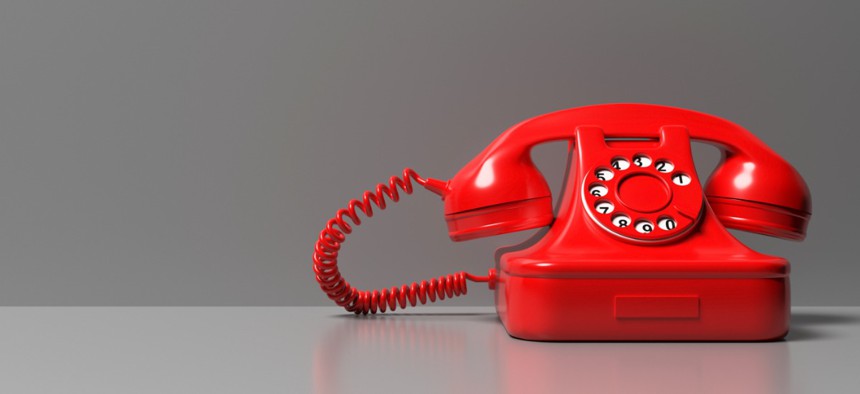Social Security Enjoys Broad Customer Satisfaction As It Overhauls Telephone System

Rawf8/istockphoto
The Social Security Administration has been angling to streamline and automate its call center for quicker customer service.
Despite being uprooted by the COVID-19 pandemic, the Social Security Administration saw broadly favorable reports of customer satisfaction regarding its telephone service, even with employees relegated to remote work.
The Office of the Inspector General published its latest review of the Social Security Administration’s telephone services across its network of 1,193 field offices and its central hotline with an emphasis on customer service amid the COVID-19 pandemic.
Featuring reviews of over 151 million calls to the SSA on the national 800-number line and directly to field offices, the analysis looked at the customer service outcomes from October 2019 to March 2020, and compared it against the same data from April to September 2020.
In conducting the performance review documented by the report, the SSA hired a private contractor to conduct roughly 10,000 random customer surveys, with preliminary results indicating “overall customer satisfaction with service between 68 and 76 percent.”
The availability of in-person employees to take incoming calls varied drastically between the two time periods as the pandemic forced federal employees to telework. By March 2020, the SSA shifted to a remote workplace with exceptions made for special circumstances.
Report authors looked at various service metrics, including the number of dropped calls, speed of calls answered, the volume of calls that received “busy” messages and number of calls abandoned while waiting in a queue.
The detailed review was initially requested in July by Rep. John Larson, D-Conn., chair of the House Ways and Means Subcommittee on Social Security, along with Rep. Tom Reed, R-Ill., who asked for a study on customer service within the SSA during the pandemic.
In a rough comparison to other federal agencies, the SAA performed fairly well, reporting generally better customer call service, according to the report’s metrics.
While receiving the highest number of calls in the 2020 fiscal year, the report also found that 42 percent of them were answered by employees in lieu of an automated service and saw shorter wait times on average.
Over the course of 2020, the report noted that SSA had a higher rate of employee-answered calls than other departments like the Occupational Safety and Health Administration within the Labor Department, the Railroad Retirement Board, Homeland Security Department’s Citizenship and Immigration Services, and the United States Postal Service.
Wait times also dropped, with the largest decrease seen in April 2020 with an average wait time of 1.2 minutes, down from 2.7 minutes recorded in March 2020. This trend continued throughout the pandemic, but saw small upticks, with the latest data from September 2020 showcasing an average of a 1.9-minute wait time for callers trying to reach the SSA.
Improving telephone service has been a long part of the SSA’s modernization plan. With the agency’s Next Generation Telephony Project, launched prior to the pandemic, officials aim to transition the national service line and field office phone numbers into a single cohesive system to expedite routing calls.
During May 2021, the SSA attempted an initial deployment of this new system, but was unable to log in due to “capacity constraints.” The agency again tried to roll out the unified calling platform, but was again derailed.
Michelle Anderson, the assistant inspector general for audit, confirmed that the SSA will continue to marry remote working capabilities with a more streamlined communications service.
“As part of the new system, SSA plans to enhance the automated options on the national 800-number with better voice recognition, which will improve the caller experience and increase the number of calls handled by these automated services,” she wrote in the report.






